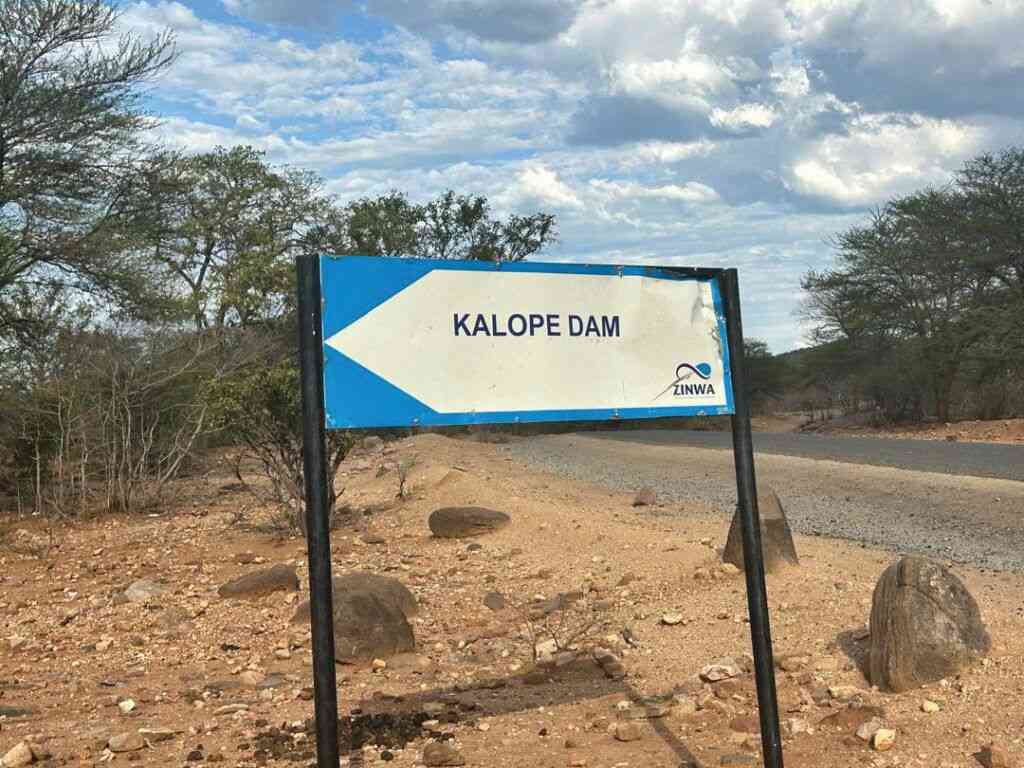
THE South Africa-Zimbabwe corridor recorded the highest movement compared to other official points of entry or exit, latest statistics from the International Organisation for Migration (IOM) show, as Zimbabweans seek greener pastures across the Limpopo River.
According to IOM’s July data, during the reporting period, 35 187 movements were recorded and 1 380 migrants were interviewed across 20 flow-monitoring points in Zimbabwe.
IOM revealed that the South Africa-Zimbabwe corridor recorded the highest movement of 32 309 (92%) followed by the Zambia-Zimbabwe corridor, which recorded 2 878 (8%) movements.
IOM said among the migrants travelling to South Africa from Zimbabwe who specified their intended length of stay, 29% planned to remain for six to 12 months, whereas 19% mentioned a duration of three weeks to three months.
“The total movements recorded decreased by 29% compared to the previous month. Sixty-two percent of movements observed were inflows, while 38% were outflows. The top three sending districts were Beitbridge (46%), Harare (14%) and Chiredzi (8%), while the top three receiving districts were Harare (28%), Beitbridge (21%) and Bulawayo (10%),” the IOM July 2024 Flow Monitoring Report read.
“Matabeleland South province recorded the highest number of outflows (50%) while Harare province recorded the highest number of inflows (28%). Migrants travelling from Matabeleland South highlighted Limpopo (67%) and Gauteng (31%) in South Africa as their intended destinations.
“Of the incoming migrants travelling to Harare, 39% were travelling from Gauteng (South Africa) and 17% were travelling from Lusaka (Zambia).”
The report stated that Harare (23%), Beitbridge (23%) and Bulawayo (11%) were the most highlighted districts of destination for the migrants.
- Reunification facility gives migrants lifeline
- Reunification facility gives migrants lifeline
- UK deportee says he fears for his life
- UK deportee says he fears for his life
Keep Reading
“The top three movement types recorded along the Zambia-Zimbabwe corridor were short-term movements (52%), long-term economic movements (26%) and family reunification movements (22%),” the report stated.
“Of the migrants travelling from Zambia, 48% were travelling to Harare, 29% to Hurungwe and 10% to Gweru.”
It said the Zimbabwe Department of Immigration Control recorded 178 043 entries and 167 033 exits at the Beitbridge Border Post and 11 305 entries and 2 420 exits were recorded at the Chirundu Border Post.
“Migrants were further asked about the type of visas they have or are using, and 153 migrants stated that they were holders of visitors, while 32 were Zimbabwe Exemption Permit holders. Most (73%) of the migrants with visitor visas were female migrants,” said IOM.
“South Africa was indicated as the current country of residence by 97% of the migrants with visitors’ visas.”
IOM added: “Income-generating activities were highlighted by most (53%) of the migrants residing in Zimbabwe as their main source of income. Further investigation on the type of activities the migrants were undertaking cited vending (23%), poultry (22%) and grocery store (20%) as the top three activities.”
IOM said over the reporting period, 25% of the interviewed migrants travelling from Zimbabwe to other neighbouring countries indicated their primary reason for movement as looking for livelihood opportunities, while 14% cited that they were going to look for employment.
“These reasons could also be attributed to an analysis published on FewsNet in the month of July.
“Below-normal incomes are impacting market access as the 2024/25 lean season begins early, which highlights that most typical sources of income during this lean season remain significantly below normal, including crop sales, casual labour and self-employment.
“This analysis further highlights that most households in the country continue to employ consumption-based coping measures such as skipping meals, reducing meal portions or prioritising the feeding of children and the ill to cope in this season.”
Government recently joined forces with IOM to address the multi-faceted challenges of migration within the southern Africa region and globally.











